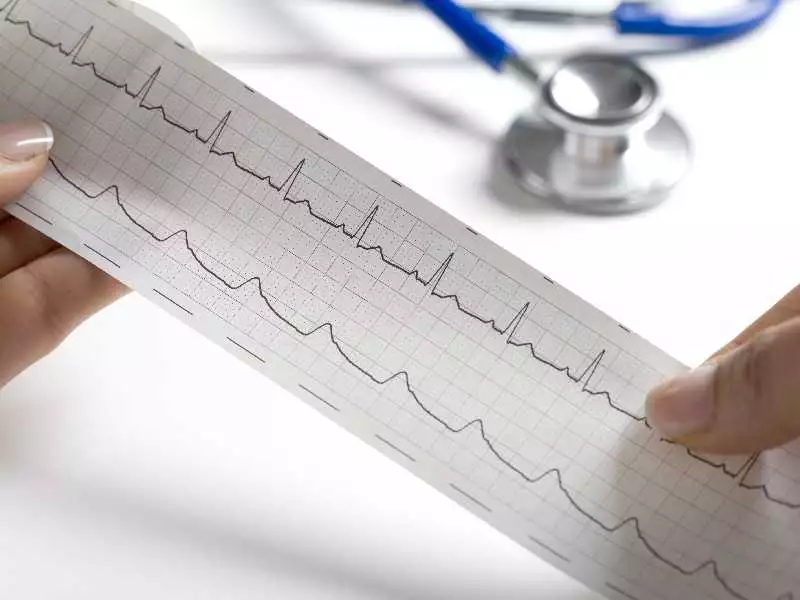A cardiac pacemaker, also known as a cardiostimulator or artificial pacemaker, is an electrical device implanted in the patient's body.
This device is used when the natural pacemaker (sinus node) is impaired. Permanent electrostimulation has its uses in the prevention of cerebral ischaemia, heart failure or conduction disorders.
Other indications for permanent cardiac electrostimulation are:
- atrial fibrillation,
- atrioventricular block,
- sick sinus node syndrome,
- bradycardia dependent on autonomic nervous system activity,
- vasovagal syndrome (abnormal autoregulation of vascular wall tension leading to syncope).
Pacemaker design
The pacemaker consists of a pacemaker that houses the batteries - which have a lifespan of approximately 10-15 years. The pacemaker is implanted under the skin, generating regular electrical impulses. The most common insertion sites for pacemaker electrodes are the subclavian vein or the saphenous vein. Alternative sites are the femoral vein or jugular vein.
The electrode is inserted through the vein into the atrium or ventricle of the heart. In contrast, the other end of the electrode is placed in the electrostimulator. This is located either in the axillary fossa or in the pectoralis major muscle. Today, 'on-demand' pacemakers are mainly used. They allow the patient's heart rhythm to be analysed and produce their own electrical signals, which are adapted to the patient's heartbeat at the time. If an abnormal rhythm develops, electrostimulation of the heart initiates its electrical activity by means of an electric current.
The primary purpose of permanent electrostimulation of the heart is to prevent the absence of electrical activity of the heart (asystole), which pictures a horizontal line in the ECG recording.

 photo: pantherstock
photo: pantherstock
Pacemaker codes
To determine the type of stimulation, a special international code is used. The pacemaker code consists of three or four letters and describes the basic characteristics of each pacemaker:
- The first letter of the code indicates the stimulated site
- The second letter of the code describes the site from which the pacemaker control impulses are received
- The third letter of the code indicates how the pacemaker responds to the recorded stimuli
- The fourth letter of the code describes stimulation at an adaptable frequency.









